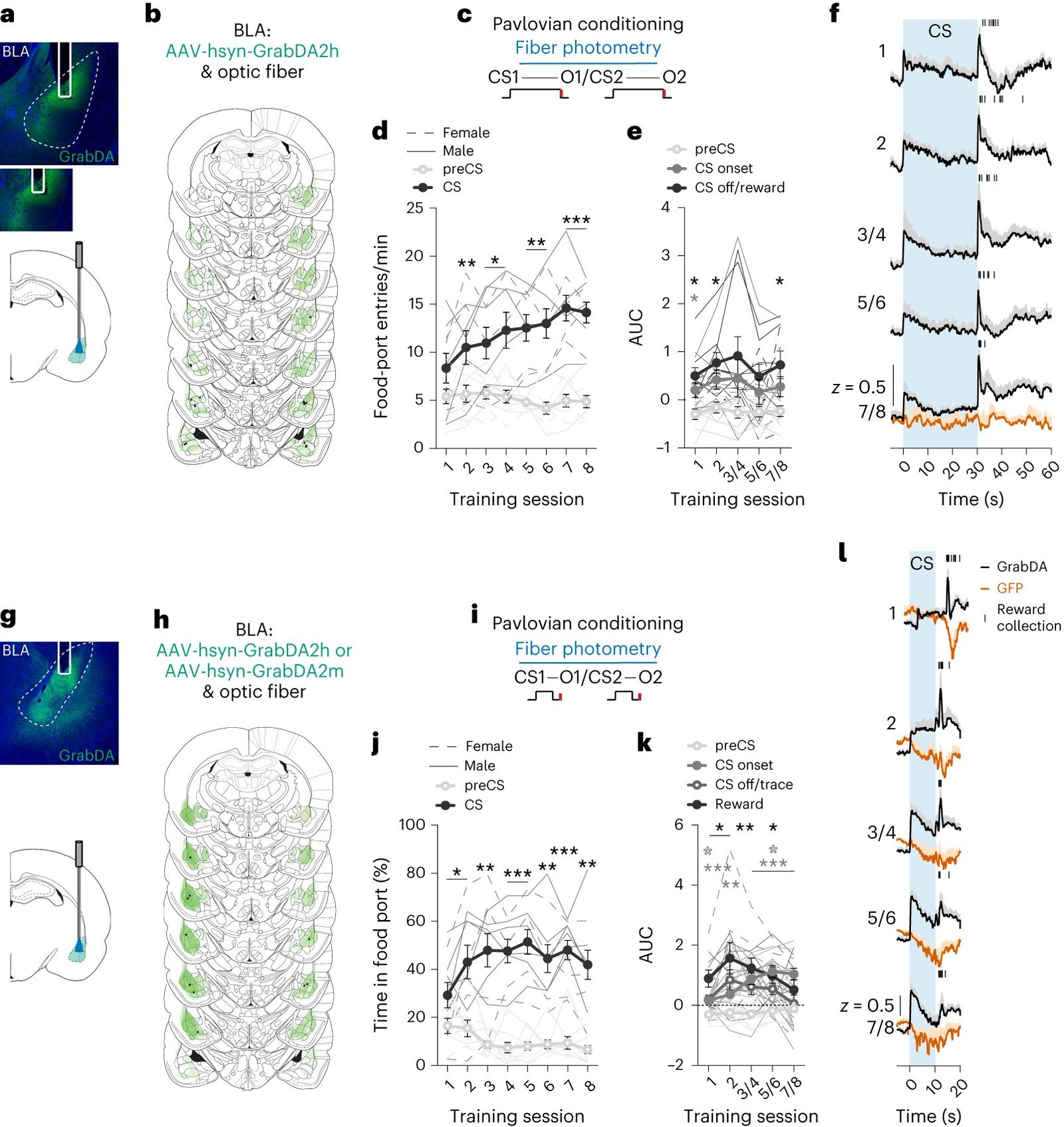The medical workforce contains many doctors who are not consultants and who are not part of a recognised training programme. Specialist, associate specialist, and specialty doctors (SAS) and locally employed doctors (LED) are the fastest growing sections of the workforce and make up 24% of all licensed doctors.1 They play a vital role in delivering NHS services.
SAS doctors are employed on a nationally negotiated contract. The current national SAS contracts are the less senior “specialty doctor” and the senior, experienced, and independent “specialist.” Additionally, there are doctors employed on trust-derived contracts called “locally employed doctors” (LED) who can have multiple titles including “clinical fellow,” “trust grade,” and “trust doctor.” Medical training initiative doctors (MTI) are also commonly employed as LEDs and therefore form part of the group.
These doctors deserve, but often do not receive, parity with other doctors in educational and career support and in opportunities.2 They are a potentially vulnerable group and have had limited representation and recognition within the Royal College of Physicians and medicine more generally. Most are international medical graduates (IMGs), meaning that they are more likely to experience cultural barriers, racism, and discrimination at work.3 These doctors are outside the formal training programmes, meaning that they rely on the support of their departments and trusts, and so are susceptible to a lack of consistency and accountability around contracts, pay, and job requirements.

Multiple documents by the Royal College of Physicians,45 BMA,6 NHS Employers,7 and Academy of Medical Royal Colleges8 outline the importance of supporting these doctors. Also a national initiative called SAS Six, led by a group called the SAS Collective, provides a roadmap to better recognise these careers and to standardise the support offered.9 These documents conclude that the following recommendations would help SAS doctors and LEDs in their education and careers.
Responsibilities
For LEDs, their employing trust should specify their level of seniority, responsibilities, and whether any crosscover with other specialties is required, so that these doctors are clear on the role they will be fulfilling. The salary they are offered should reflect the duties they will be undertaking and align with national terms and conditions for doctors in training (which is not always the case).10
If a position is permanent or if an LED is employed for more than two years within the same trust, they should be offered the appropriate national SAS contract. When LEDs are expected to work in a senior, experienced, and independent capacity, they should be on a specialist contract.
Training and career progression
Trusts and departments must, as far as reasonably possible, provide parity in access to training opportunities and resources for deanery trainees, LEDs, and early career SAS specialty doctors. This means they should be given a trust and local departmental (and ward) induction on protected time. After their induction, a period of shadowing on the wards would allow them to familiarise themselves with the processes and clinical pathways in their areas of work.
SAS doctors and LEDs who are IMGs may require additional support to help them transition into UK clinical practice and ensure that they feel included in their teams. An IMG tutor is a role designed to provide this sustained support with sensitivity to the specific needs of IMGs.
LEDs and early career specialty doctors would benefit from a nominated clinical supervisor and educational supervisor to help create an annual education plan for progressing towards their career goals with regular supervision meetings. Encouraging specialists and other experienced SAS doctors to undertake the training to become educational supervisors could help expand the educational capacity for SAS doctors. As well as providing supervisors, departments should appoint an experienced SAS doctor as a mentor for SAS doctors and LEDs to help guide their career and meet their educational and professional needs. In addition to the SAS mentor and IMG tutor, trusts should appoint an SAS advocate responsible for providing health and wellbeing support. These steps should be taken by employers to overcome barriers to career progression and job satisfaction for SAS and LED doctors.
LEDs and early career specialty doctors require regular supervised, programmed activities with consultants and specialists to develop their experience and skills—allowing them to collect supervised learning events or other evidence needed to progress their careers. Tailored educational or development opportunities for LEDs should also be available.
Study leave allocation and budget for LEDs should facilitate both revalidation requirements and their career goals and should be on a par with what other trainees are offered. This includes study leave for postgraduate examinations, access to regional and national examination courses, and practise for the Practical Assessment of Clinical Examination Skills (PACES). Study leave for SAS doctors is a contractual requirement, and they should receive the same study budget as consultants. Trusts should support LEDs and early career specialty doctors to attend courses, conferences, and other events to facilitate their professional progression.
We hope these recommendations will be adopted by organisations such as NHS England, the Royal College of Physicians, and others to enable SAS doctors and LEDs to develop and flourish in their career. Valuing and recognising this group and focusing on their needs will be beneficial for the NHS as a whole.
Footnotes
-
Competing interests: See PK: www.bmj.com/about-bmj/freelance-contributors. PK is a national specialty adviser in diabetes and former lead of the Medical Workforce Race Equality Standard. PK is also Interim SAS lead of Royal College of Physicians and SAS Lead for British Geriatric Society. RJF and SB have no competing interests to declare.
-
Provenance: not commissioned, not externally peer reviewed.










